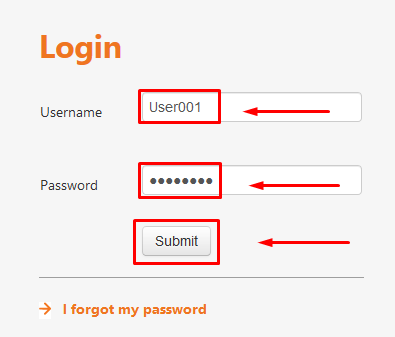



See Enable users to self-enroll to learn about the available enrollment methods.ĭeploy your Akamai MFA service. See Define policies to learn more.Įnable users to self-enroll in the service. Depending on your needs, you can configure high-level policies as well as granular, user-specific rules, and associate them to users, groups, and applications. With policies, you can control access to your protected applications and ensure compliance with the industry standards and your enterprise security requirements. See Add integrations to learn more.ĭefine your policies. Protect your applications by integrating with Akamai MFA. See Sync your directory services with Akamai MFA to learn more. Enabling communication between those two sources of user data allows you to redirect the IdP's authentication requests to Akamai MFA. Provision user profiles by synchronizing your identity management system with Akamai MFA. Generate the Authentication events reportįollow these steps to get your Akamai MFA service running:.Configure policy for an unenrolled and enrolled user.Troubleshoot PacketFence integration issues.VPN server that supports an external login page or can use the PacketFence captive portal.VPN server that allows the user’s interaction with the VPN client.VPN server configured as a Radius client only that supports sending passcode via Radius.VPN server configured as a Radius client only.Microsoft Active Directory Federation Services.Activate and deactivate a user's device.Provision users from Azure AD using SCIM.Provision users from the AD or LDAP services.


 0 kommentar(er)
0 kommentar(er)
